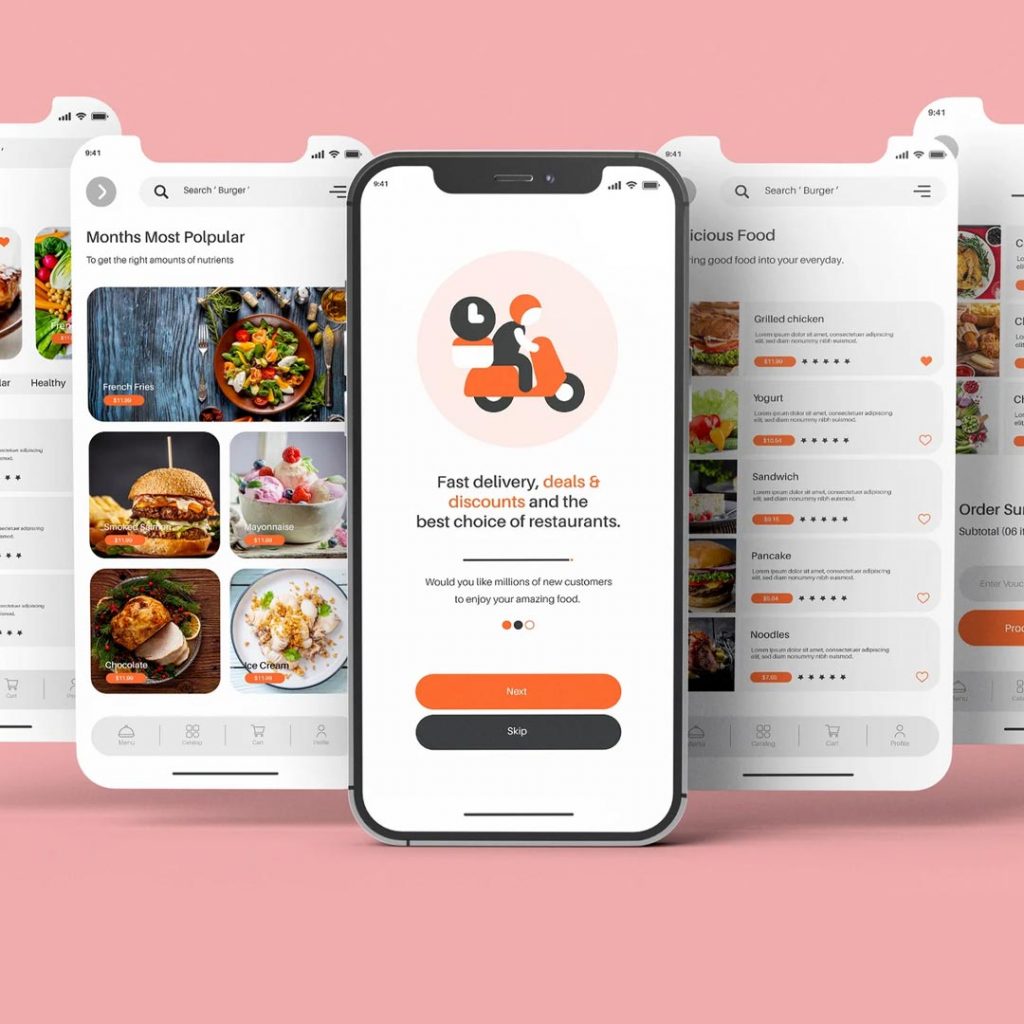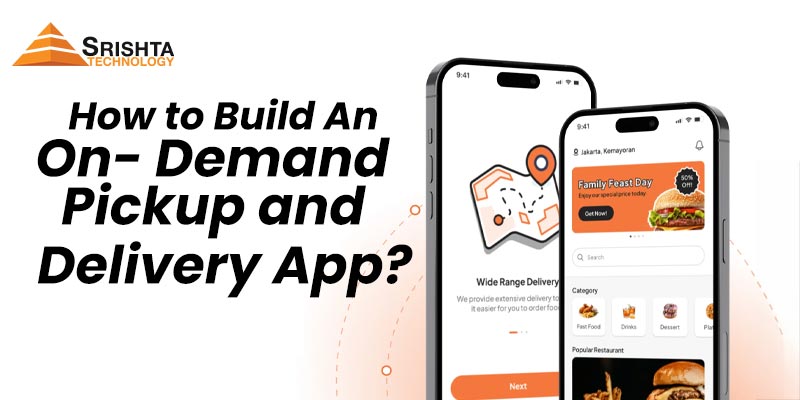In today’s fast-paced world, the demand for on-demand pickup and delivery services is skyrocketing. Consumers expect swift, reliable, and convenient solutions for transporting goods and services. Developing an on-demand pickup and delivery app can be a game-changer for businesses aiming to meet these expectations.
Things To Consider when Hiring Mobile App Development Company
Understanding the On-Demand Delivery Ecosystem
On-demand delivery apps have revolutionized the logistics industry by connecting consumers with service providers through user-friendly platforms. These apps cater to various sectors, including food delivery, grocery services, and parcel transportation.
Identifying Your Niche and Business Model
Before diving into development, it’s crucial to define your niche and choose a suitable business model.
a. Popular Niches for On-Demand Delivery Apps
-
Food Delivery: Partnering with local restaurants to deliver meals.
-
Grocery Delivery: Providing doorstep delivery of groceries.
-
Parcel Delivery: Offering logistics solutions for packages and documents.
b. Choosing the Right Business Model
Decide how your app will generate revenue. Common models include:
-
Commission-Based: Earning a percentage from each transaction.
-
Subscription-Based: Charging users a recurring fee for premium services.
-
Delivery Fee: Implementing a standard or distance-based delivery charge.
Essential Features of a Pickup and Delivery App
A successful app must offer features that enhance user experience and operational efficiency.
a. Customer App Features
-
User Registration: Secure sign-up and profile management.
-
Service Booking: Easy scheduling of pickups and deliveries.
-
Real-Time Tracking: Monitoring shipments in transit.
-
Multiple Payment Options: Supporting various payment methods.
-
Ratings and Reviews: Feedback system for service quality assessment.
b. Driver Partner App Features
-
Driver Registration: Profile setup and document verification.
-
Trip Management: Accepting and managing delivery requests.
-
Navigation Assistance: In-app GPS for efficient route planning.
-
Earnings Tracker: Monitoring daily and weekly earnings.
-
Communication Tools: Chat or call options to interact with customers.
c. Admin Panel Features
-
Dashboard: Overview of operations, including active deliveries and financials.
-
User and Driver Management: Handling profiles and verifications.
-
Analytics and Reporting: Insights into app performance and user behavior.
-
Notification System: Sending updates and alerts to users and drivers.
-
Support System: Managing customer inquiries and issues.
Step-by-Step Guide to App Development
a. Market Research and Niche Identification
Conduct thorough market research to understand your target audience and competitors. Identify gaps in the market that your app can fill.
b. Define Your Business Model
Based on your research, choose a business model that aligns with your goals and market needs.
c. Select Essential Features
Prioritize features that address user pain points and enhance convenience.
d. Choose the Right Technology Stack
Opt for technologies that ensure scalability, security, and performance. For instance, using Flutter can expedite development for both iOS and Android platforms.
e. Partner with a Reliable Development Team
Collaborate with experienced developers who understand your vision and can bring it to life effectively.
f. Develop and Test the MVP
Create a Minimum Viable Product (MVP) to validate your concept. Gather user feedback and iterate accordingly.
g. Implement Security and Compliance Measures
Ensure the app complies with relevant regulations and prioritizes user data security.
h. Deploy, Market, and Scale
Launch the app, implement marketing strategies to attract users, and plan for scaling based on demand.
Cost Estimation for Development
The development cost varies based on factors like app complexity, features, and the development team’s location. On average, developing an on-demand delivery app can range from $7,000 to $9,000 for an MVP, with a development timeline of approximately 800 to 900 hours.
Conclusion
Building an on-demand pickup and delivery app requires meticulous planning, a clear understanding of your target market, and collaboration with skilled professionals. By focusing on user-centric features and efficient operations, you can create an app that meets the evolving demands of today’s consumers.

FAQs
Q1: How long does it take to develop an on-demand delivery app?
Development time varies based on app complexity and features. On average, it takes between 800 to 900 hours to develop an MVP, translating to approximately 4 to 6 months.
Q2: What technologies are best for courier delivery app development?
Technologies like Flutter allow for cross-platform development, reducing time and costs. Backend technologies should ensure scalability and reliability.
Q3: Can I integrate AI into my on-demand delivery app?
Yes, integrating Artificial Intelligence can enhance route optimization, predict delivery times, and personalize user experiences.
Q4: How do I monetize my delivery app?
Monetization strategies include commission fees, subscription models, delivery charges, or a combination of these.
Q5: What should I look for in a pickup and delivery app development company?
Seek a company with a proven track record, expertise in developing similar apps, a transparent development process, and post-launch support services.
and we think Srishta Technology is one of them to hire your development partner.



Leave a Reply